Shikohin is something that we consume that may not have any nutritional value or benefit in sustaining our bodies.
Even though it is not a necessity to sustain life, shikohin is enjoyed in various ways around the world.
Perhaps shikohin is rather a necessary part of what makes us human.
When contemplating shikohin, we must address the question of what is necessary for human life, and by extension, what defines humans as a living being.
For our new series, “To Live, To Relish,” we will explore what shikohin and its experiences means to us in our modern world, and interview leading researchers, anthropologists, historians, and more.
For the first installment of this series, we visited Tatsushi Fujihara, Associate Professor at the Institute for Research in Humanities at Kyoto University.
Fujihara researches the history of agriculture and how food such as rice and wheat have been historically cultivated and eaten to satisfy human hunger.
Unlike staple foods such as rice and wheat, shikohin such as coffee and tea are not necessarily consumed for nutritional value. In other words, shikohin is not something that satisfies hunger.
Nonetheless, Fujihara sees the potential in shikohin as something that plays the role of bringing down the walls humans build around their heart and mind.
We spoke to Fujihara at an organic food restaurant near Kyoto University about the roles of shikohin in our modern age and his personal experiences at his hometown of Okuizumo where his family runs a farm.
Witnessing tea time change people’s hearts
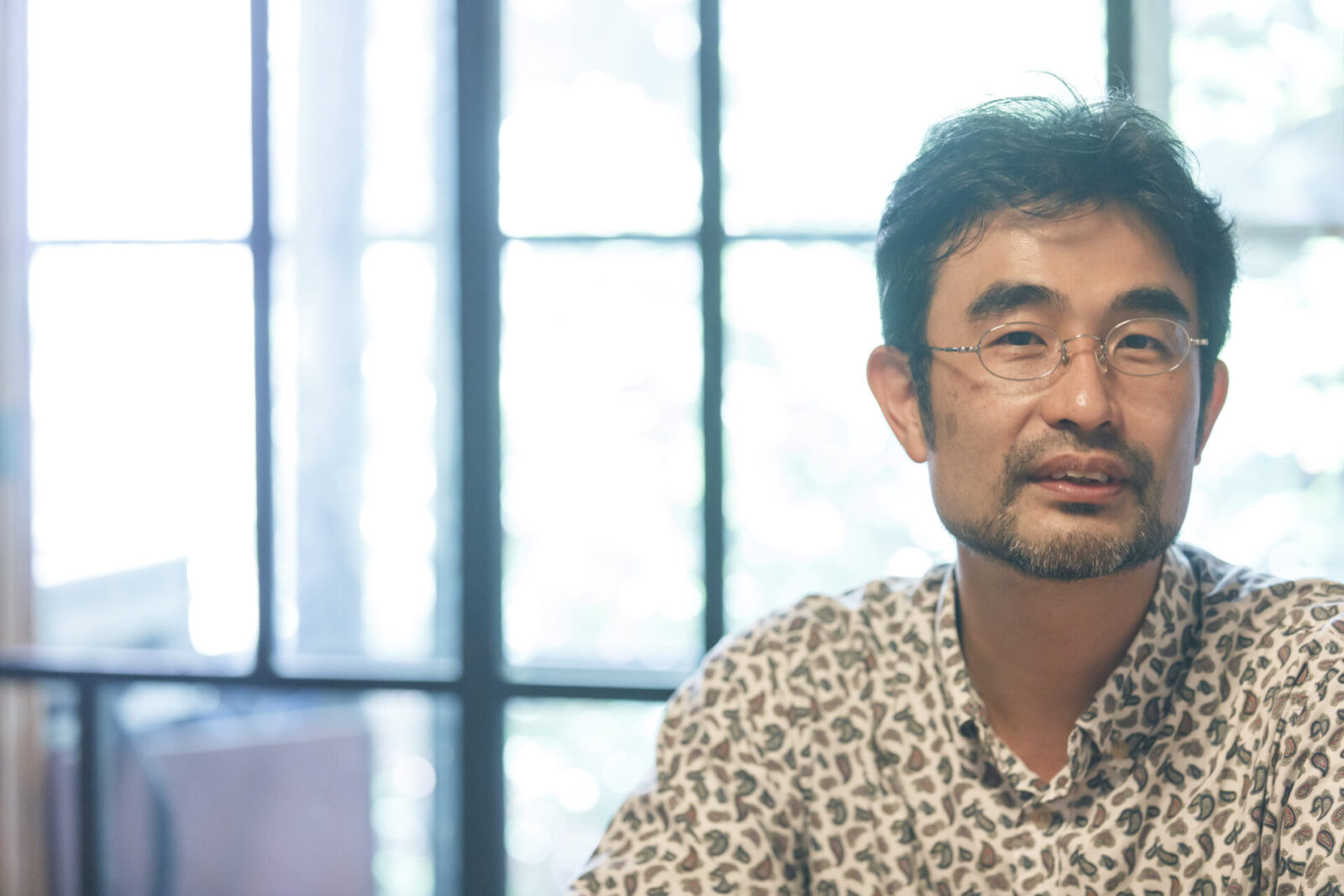
── As a specialist in researching agricultural and environmental history, what does shikohin mean to you?
My research is on agricultural and environmental history, and this is a field where we study staple foods that are historically considered to have satisfied human hunger.
On the other hand, shikohin is something that does not necessarily satisfy hunger. In terms of my research, it is something that exists in the peripheral regions of my studies.
However, this does not mean that I am uninterested in shikohin. In fact, shikohin plays an important role in creating the mood in moments and spaces for communication.
Even from my personal experiences, I feel that there is a lot of potential that is hidden in one cup of coffee or tea.
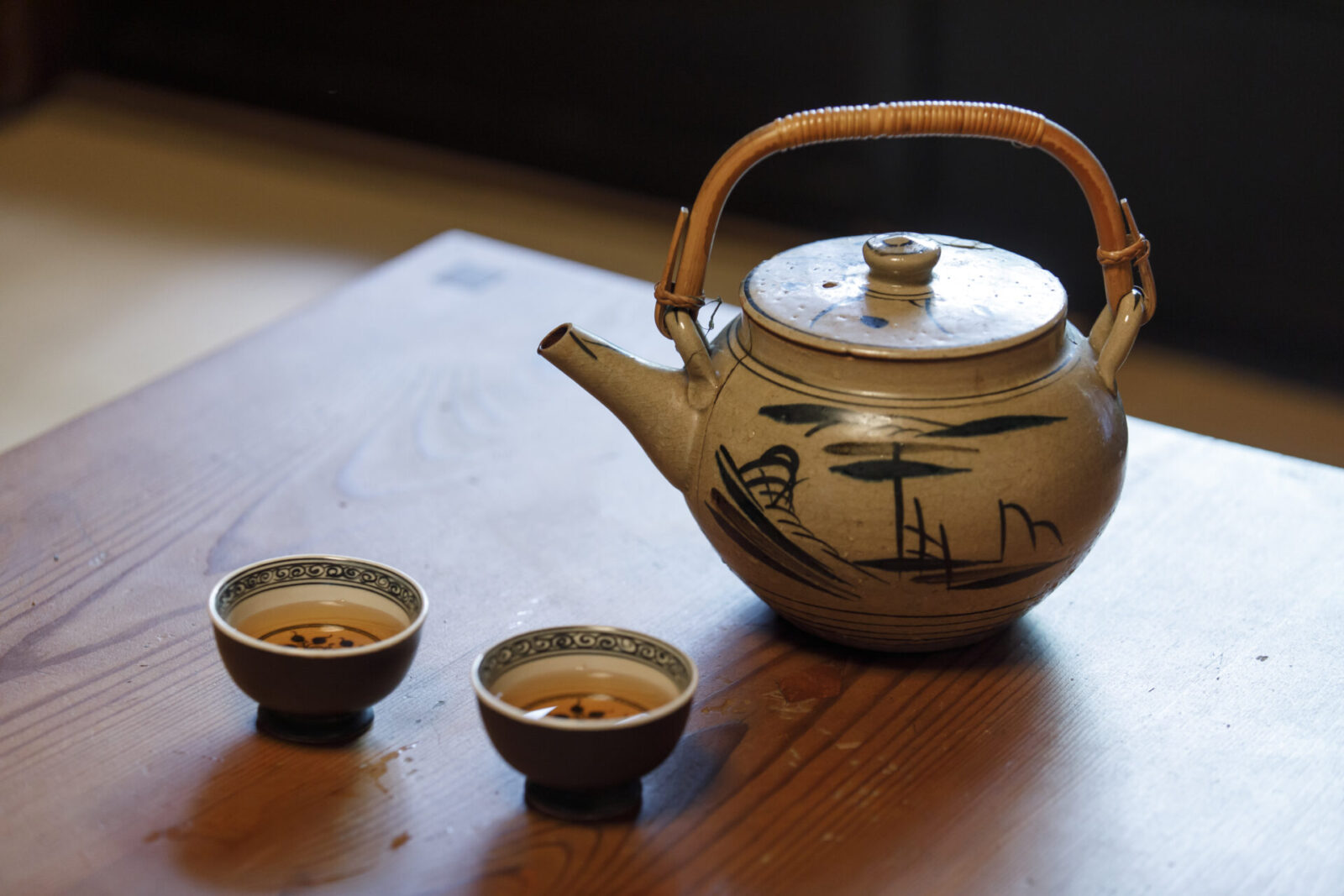
My hometown is in Okuizumo Town of Shimane Prefecture and I come from a family of farmers. It was common for my parents and neighbors to sit on the porch of our home while still wearing their gardening boots and eat watermelon and drink tea after a long hot day of work.
In my home, this gathering was called “taking a cigarette break.”
Of course, not everyone smoked cigarettes. The gathering was mainly about the neighbors getting together to enjoy conversation while drinking tea. They would ask each other how things are going and exchange casual information.
── Tea time on the porch sounds like a relaxing environment.
When our neighbors would bring something to our house, like the local circulation notices, they would never use our front door and would come directly to our porch and stop for a chat.
We would welcome them to have a seat and a cup of tea. Our neighbors would first refuse to stay long, saying that they are busy, but after some of the usual back and forth, which would typically include about five invitations and refusals, the neighbors always gave in and would sit down for a cup of tea.
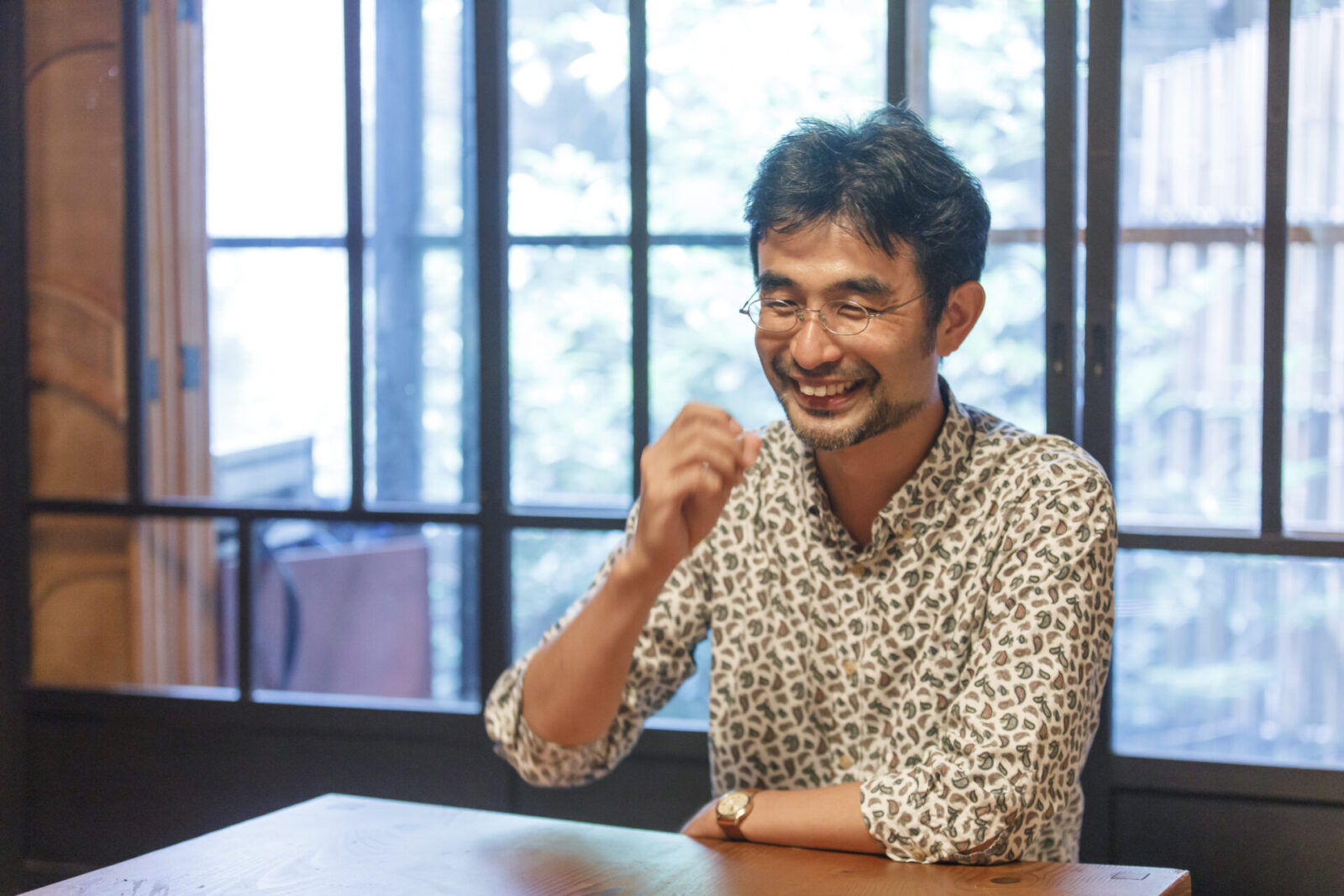
After about 30 minutes to one hour of chatting, some snacks such as watermelon, grapes, melon would be served.
When the snacks came out, the local children would gather to get a piece.
Farm work in the hot summer weather is tiring and the body sweats a lot so we would also serve some salty side dishes or pickles.
Because of these experiences, shikohin for me are things like the tea, fruit, side dishes and pickles that we would enjoy on my family’s porch.
Although it does not satisfy hunger, I believe shikohin exists in the peripheral regions to bring down the walls around people’s hearts and make it easier for us to communicate.
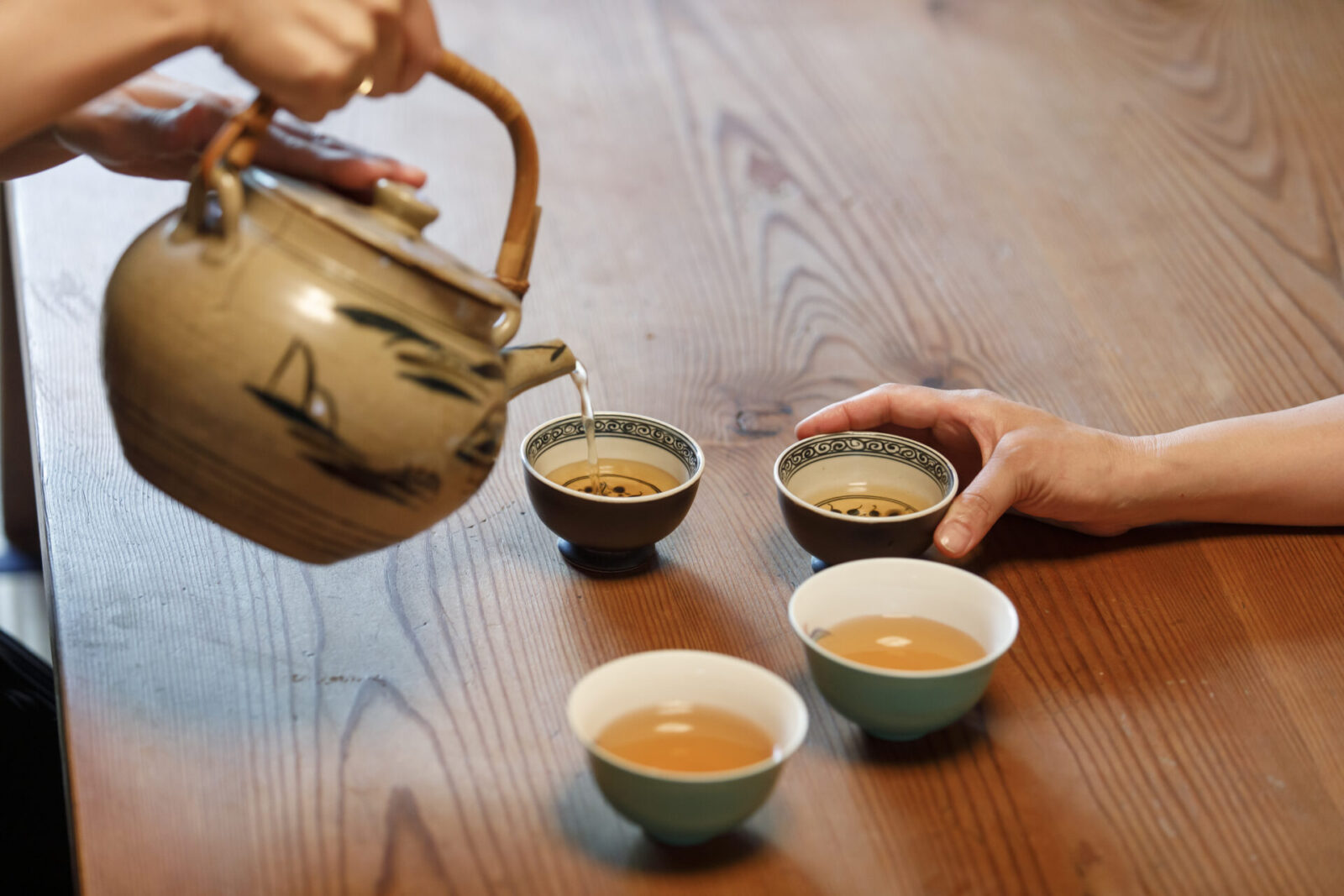
── The act of brewing and serving a cup of tea itself must also play a role in bringing down our walls.
The tea cups we used at my parent’s home were small, just slightly bigger than a cup for sake. Even the teapot was small.
Even on hot summer days, they would use this small teapot and cups that looked like a child’s playset to brew and serve tea over and over. I remember thinking, “How troublesome. Why don’t they just get a bigger teapot and let the guest pour their own drink as they please.”
However, thinking back I now realize that the time spent brewing and serving the tea acted as a way to fill the pauses in the conversations.
── What do you mean by pauses?
People in the countryside enjoy chit chat and that was true for my hometown as well. There are people who keep talking nonstop and are quick to start up conversations with just about anybody.
However, of course not everyone is like that. Some people like to pause and think about what they want to talk about next, or change the subject, or perhaps take a break from talking altogether. There are moments where people want to pause and take a breather.
In these moments, brewing tea and drinking creates movement and moments to pause.

For example, the movement may be warming up the teaware before brewing the tea, putting the tea leaves in the pot, pouring the hot water, steaming the tea and pouring it into tea cups.
When drinking tea, one may blow onto it to cool it down and slowly carry it up to their mouth to drink. One may also take a bite out of some of the tea snacks that are provided.
The action of bringing the tea cup up to your mouth is a very subtle and tender way of expressing that you will not be speaking at that moment. The same can be said about drinking coffee, smoking a cigarette, drinking tea or pouring sake.
These movements create just the right pauses in between people, whether they are old friends or meeting for the first time. Perhaps this is what creates the atmosphere for the tea scene.
One thing I would like to point out is that my hometown was a farming village with old patriarchal values, so the role of preparing the tea was assigned to women, particularly the “bride” of the family. This custom symbolizes some of Japan’s more insular social aspects, so it is important to be aware of that.
Eat, drink, speak, breath: a mouth’s busy job

── Do shikohin such as tea and coffee and the staple foods that become the focus of your research have anything in common?
As I mentioned before, the difference between food and shikohin is whether it provides nutritional value or not, but there is some common ground.
One is that both are consumed through the mouth. The interesting thing is that the mouth also plays other important roles.
There are at least three vital roles for the mouth. Besides eating and drinking, it is also used for speaking and breathing. We use one organ to eat, speak and breathe.
── The mouth is a busy organ.
Especially so when we try to eat and speak with someone at the same time (laughs).
This may be where the shikohin plays the role of being a traffic controller of sorts.
The human mouth can easily go back and forth between the act of eating and speaking. By occasionally taking time to drink tea or drink and serve sake, we are able to create a natural flow between these two functions.
There are times when someone suddenly says something funny that causes us to spit food or liquid out of our mouth. In order to prevent this, we often refrain from talking to people when they have something in their mouth or are holding their chopsticks.

For the mouth, tea and sake play the role like a backdrop of a stage. It helps change the scene between drinking, eating and speaking.
The people in the conversation are watching each other’s movements, and although we may not be fully aware of it, we take moments to pause.
The reason I believe that shikohin has the potential to create the atmosphere and pauses in our time and environment is because it acts as a backdrop and traffic control for our mouths.
How do we create a society where no one is forced into hunger?
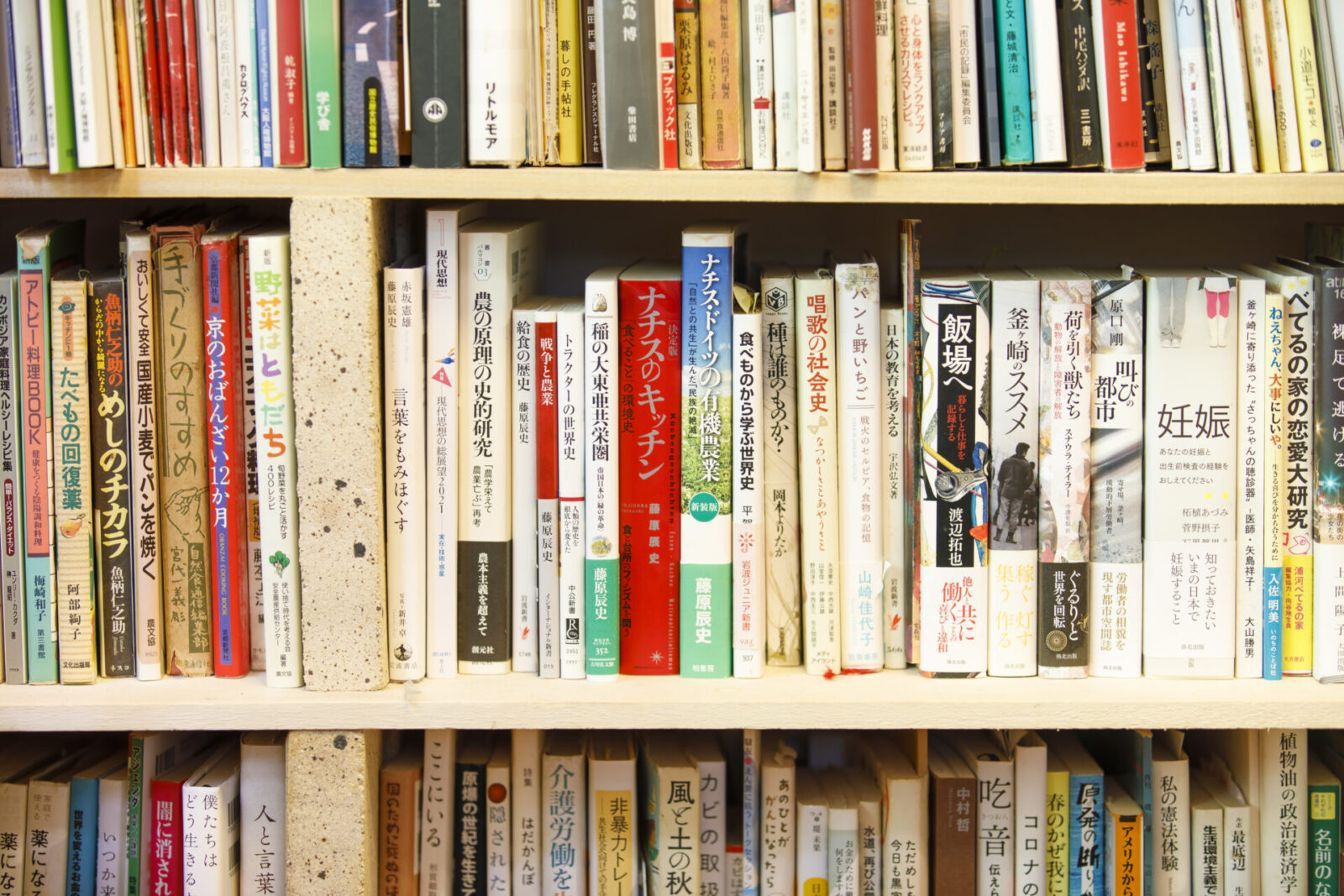
── Why did you decide to research the history of food and agriculture in the first place?
One big reason is that I believe that if the people living in a society are not able to satisfy their hunger, it is a failed society.
Looking back in history, there are examples of vulnerable people in society being led to starvation because of the political choices made by their leaders at the time.
On the flipside, this means that politics can also create a society where everyone’s hunger can be satisfied. This is one theory of mine.
── You are looking for hints on how to create a society where everyone has plenty to eat.
In Japanese middle school and highschool history classes, we are taught about the land systems and farming methods. Words like “manor,” “three-field system,” and “enclosure” come up.
In Japanese history, there is the “Hanten Shuyu-ho,” a system of giving farmland equally to farmers, similar to socialist planned economy policies in the modern world, and there is the “Kenden Eien Shizai Hou,” a capitalist system that allows farmers to own the land that they cultivate.
Understanding the policies around land ownership and use is very important. However, beyond land policies are the issues of how the people choose to cultivate the land. Understanding what foods people have cultivated and eaten throughout the history of agriculture is an important perspective to have.
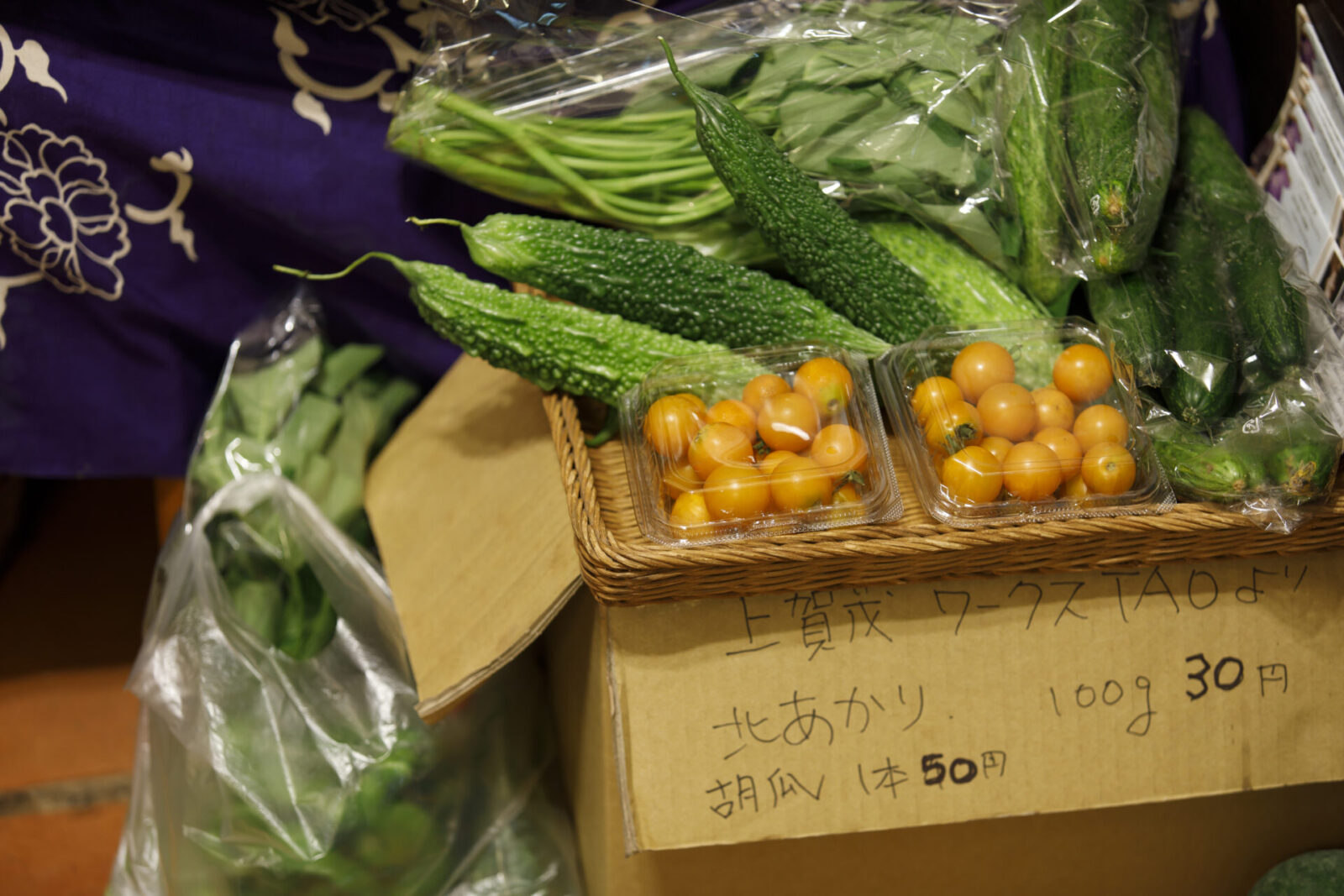
── It’s true that this perspective gives us a better idea of what the daily lives of people were like historically.
One example is that we often hear that bread was the staple food in medieval Europe, but how was that bread baked? In fact, each village had a communal bread oven that was often shared by all the villagers.
When we look at what and how people ate in the past, and look at history with a focus on agriculture and food, perhaps children will find history to be more interesting and close to home.
Moreover, they may become more interested in the history of how the food that we eat today came to be. These are topics that I think about.
Enjoying food and shikohin is what makes us human
── Speaking of changes in food culture in our modern world, the coronavirus pandemic forced many restaurants to close and our options for food became more limited than before. I feel that we became somewhat deprived of our freedom to enjoy food.
I once had an interview with actor Yutaka Matsushige, who played the lead role in the popular TV drama “Kodoku no Gourmet (Solo Gourmet).” This show was about the enjoyment and happiness experienced when eating out alone.
He said, “Even if you do not seek direct connection with the people around you, there is still potential for you to feel a part of the wider world, such as feeling the warmth of the person who serves you.”
“By simply asking the server at your favorite restaurant how they are doing while picking up some take out, you still have that connection so even if you eat at home, you won’t be alone.” (Asahi Shimbun Digital, December 30, 2020)
Looking at the history of our world, eating meals with family was not always the norm.
In countries and regions where there were many single laborers, food stalls developed to serve them. In Hong Kong, Singapore, and Taiwan, it is very easy to find a meal at a food stall outside at any time of day. There are many examples of meals that are enjoyed outside the family dynamic.
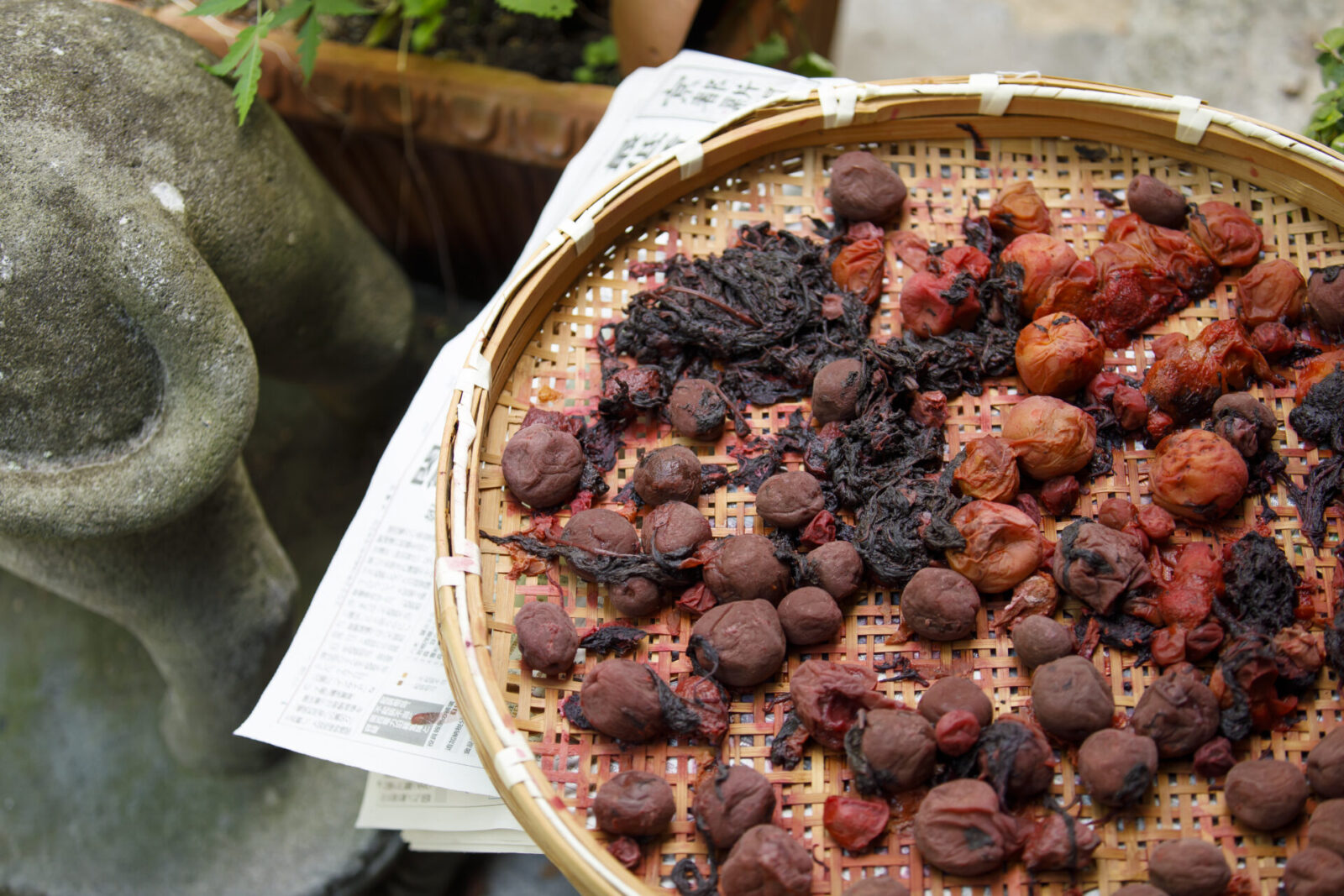
During the pandemic, we became especially deprived of these kinds of places to eat.
This is why it is so important to take a serious look at how we can create places where vulnerable people in our society can access food in times of crisis. Rather than money, which loses value during times of crisis or disaster, we should aim for a society in which everyone has access to meals, regardless of whether it be during normal situations or in times of disaster.
I think it is necessary to create places where connections are born through food, where someone can go alone and see the person who prepares the meals, or “children cafeterias” where children can go and feel safe.
I wish there were more places in Japan where people can freely access inexpensive meals beyond the scope of family.

── I think that having a place to connect through food, enjoy eating out alone and enjoy shikohin will help people maintain their sense of humanity.
When we visit someone’s home, most of the time we are offered some tea. There are countries and regions where people provide hospitality towards guests that is far beyond their economic means.
I think that the act of inviting guests and enjoying tea with someone is a very human act.
Perhaps being able to freely enjoy food and shikohin is part of what makes us human.
Photo:Yuuki Kimura
Translation: Sophia Swanson
Reporter for Business Insider Japan. Born in Shinjuku-ku, Tokyo. Taught world history as a high school teacher, worked for Huffngton Post Japan and BuzzFeed Japan before assuming current position. Interests incude economics, history, and culture. Covers a wide range of topics from VTuber to Rakugo and is interested in food culture from around the world.
Editor / Writer. A freelance editor. Born in Yokohama and based in Kyoto. Associate editor of the free magazine “Hankei 500m” and “Occhan -Obachan”. Interests include food, media and career education programs such as “Internships for Adults”. Hobby is paper cutting.
Editor and creator of the future through words. Former associate editor of Huffington Post Japan. Became independent after working for a publishing company and overseas news media. Assists in communications for corporates and various projects. Born in Gifu, loves cats.
